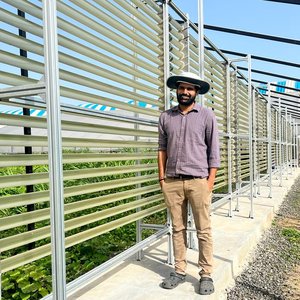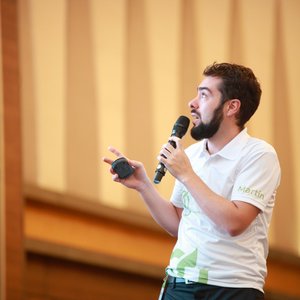Chilean-based company, CCYYAA Chile, has registered to the F3 Krill Replacement Challenge with an EPA-rich microalgae. The company grows a Nannochloropsis gaditana strain, isolated from the northern coast of Chile, for a high EPA oil.
Added after extrusion as oil coating, the microalgae has been tested in Salmo salar juveniles compared to a standard diet. “A commercial pellet formula with the inclusion of 1 and 10% of the product was compared with a standard feed, all containing fish-based ingredients. No significant differences were observed in feed intake. Consumption of the diet supplemented with 10% of our product resulted in a significant increase in weight gain when compared to the control diet,” Ivonne Lozano, R&D director at CCYAA Chile, said.
“Inclusion of the EPA-rich microalgae concentrate in diets for Atlantic salmon showed a significant increase in EPA, DPA and a decrease in the n-6/EPA+DHA index, and had a significant effect on fatty acid deposition improving the levels of EPA + DHA (25%) and vitamin D3 (106%) in fish meat, thus, ultimately resulting in an improvement in the nutritional quality of fish meat for human consumption,” Lozano explained.
“In the case of salmonids, krill is part of their diet in the wild, and some of the nutrients it provides and its nutritional profile are definitely essential. It is certainly important to advance in the acquisition of knowledge to farm krill to supply aquafeed. The industry also needs more research and development to replace those essential nutrients from sources that have components that are part of the aquatic environment, whether freshwater or marine, to prevent them from being detrimental to the aquatic ecosystem,” Lozano said.
In terms of costs, Lozano said that large-scale production of microalgae biomass continues to be a great challenge but Nannochloropsis gaditana culture conditions are well-known to increase biomass production and the production of fractions of interest. “The increase in demand for fish oil and omega-3s generates the need for new production technologies in a scenario where the increase in the price of marine oils makes it more feasible to obtain them from other alternative sources.”
“By participating in the F3 Krill Replacement Challenge, we hope to have good results with our replacement proposal to continue our efforts and promote the existence of solutions based on natural aquatic products with no impact on our ecosystems and continue working for sustainable aquaculture,” Lozano concluded.
Don't miss interviews with other registrants of the F3 Krill Replacement Challenge:
Entobel: The attraction of insect meal
eniferBio: The power of mycoprotein
JF Nutritech: Could phytonutrients replace krill?
Stratium: Insect protein to replace krill
Symrise Aqua Feed: Land-based byproducts













